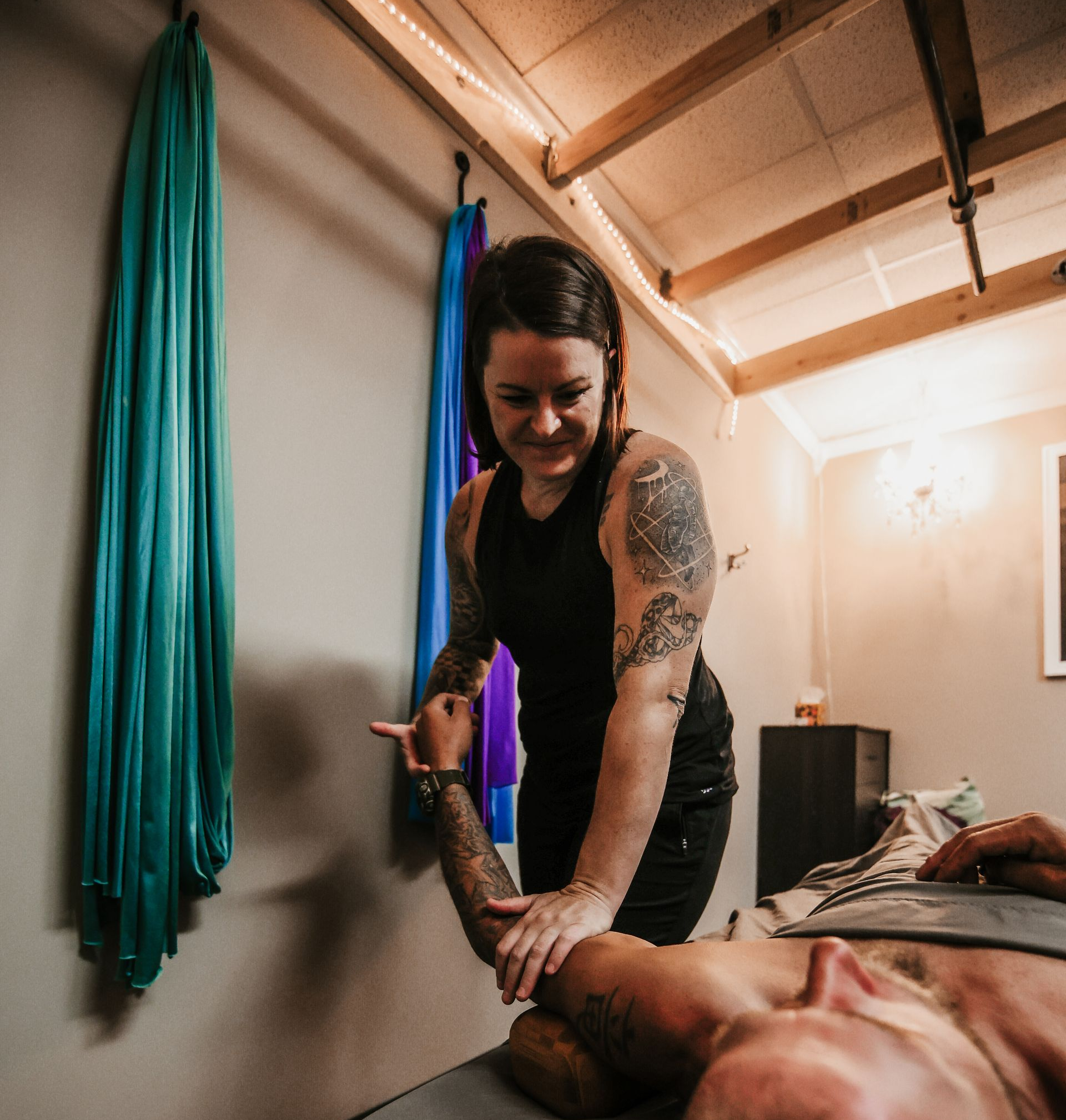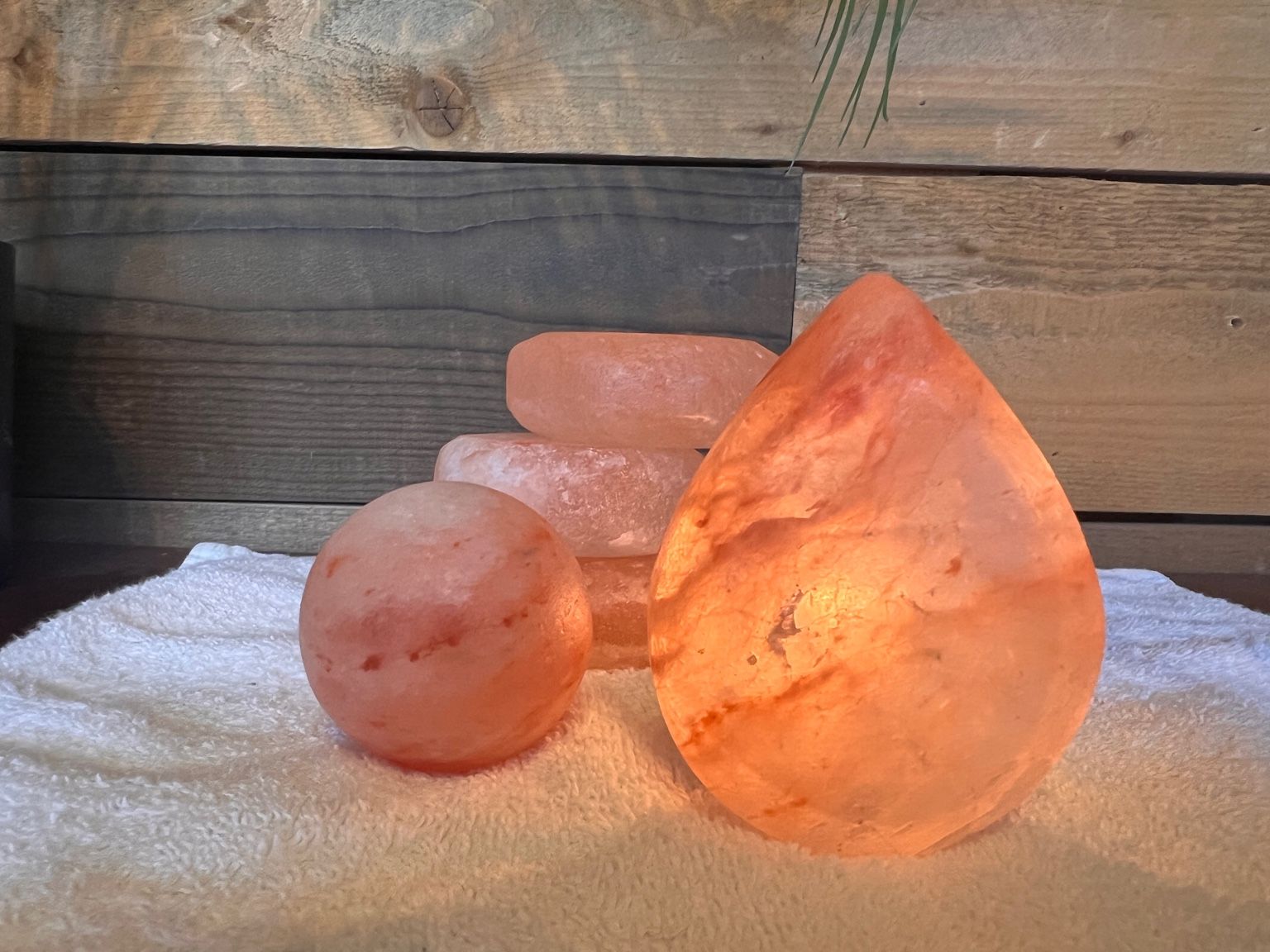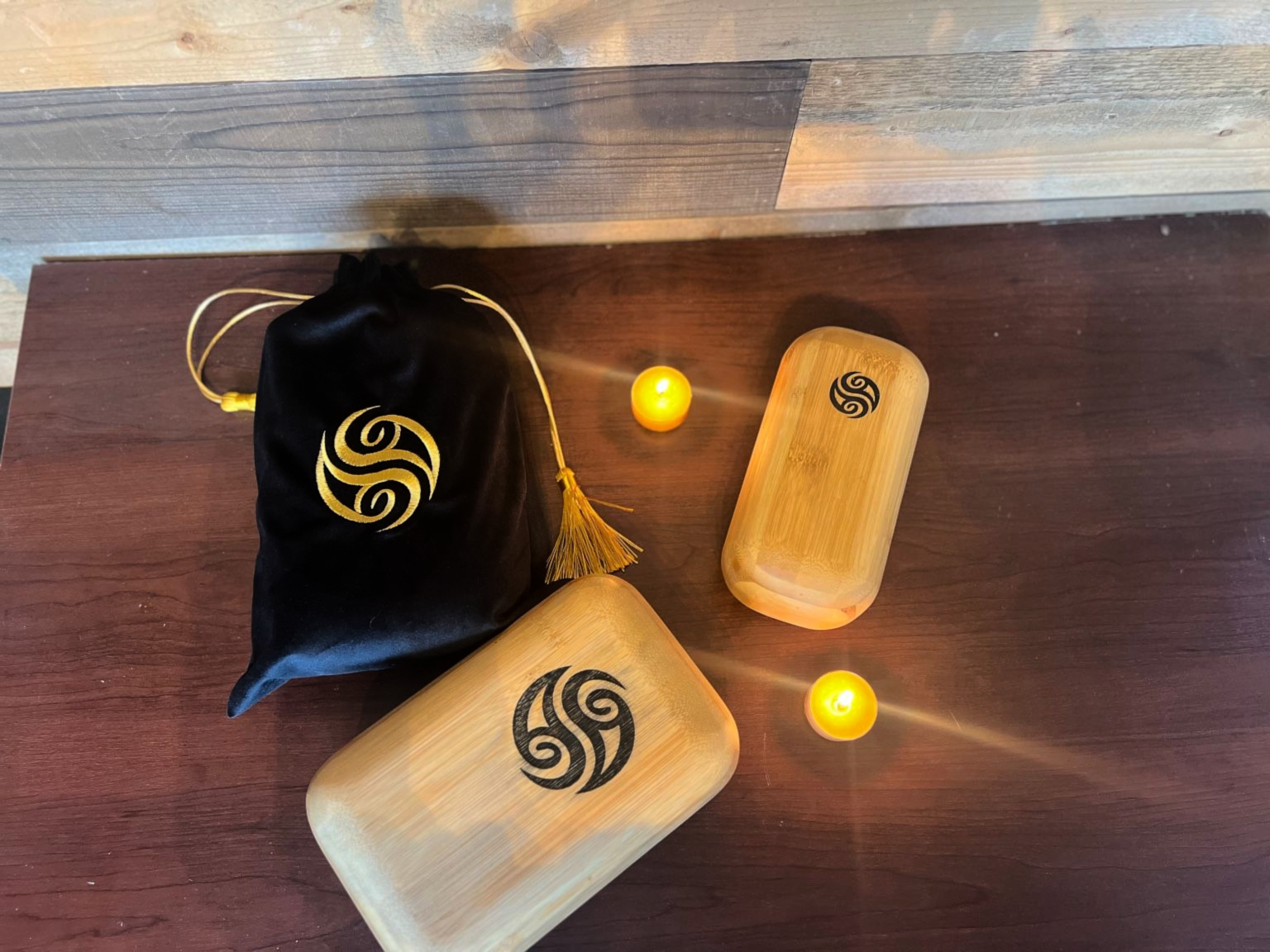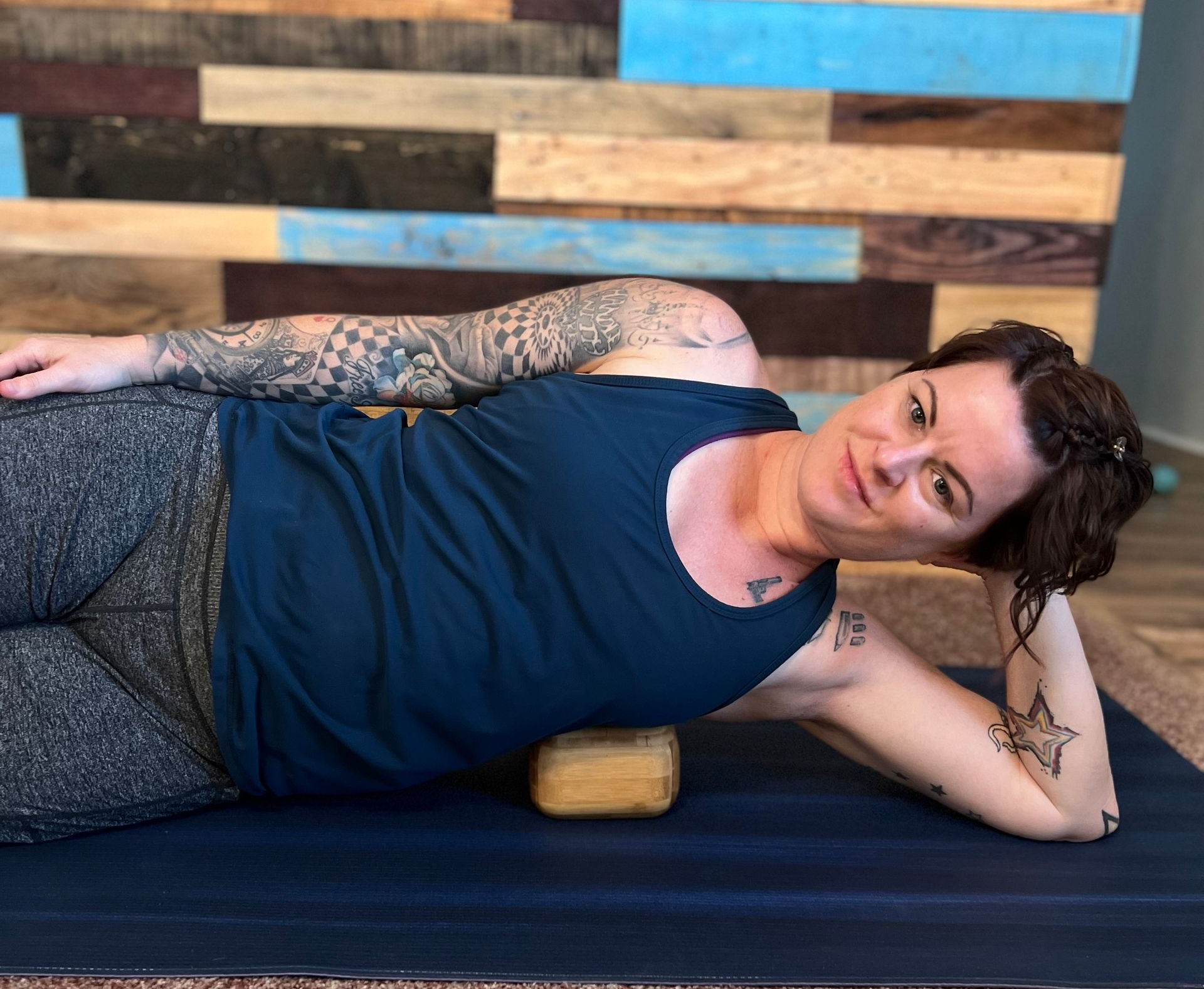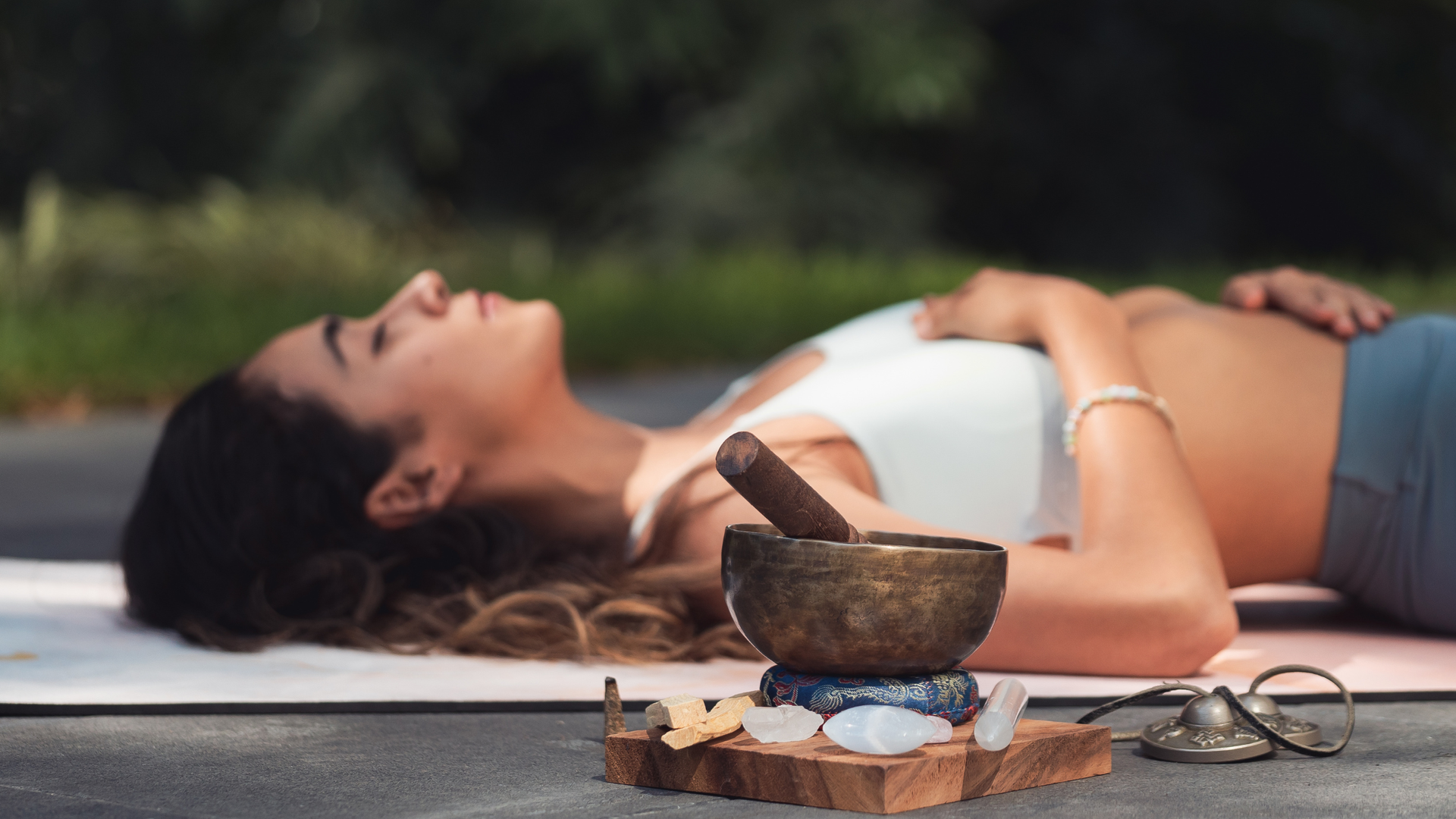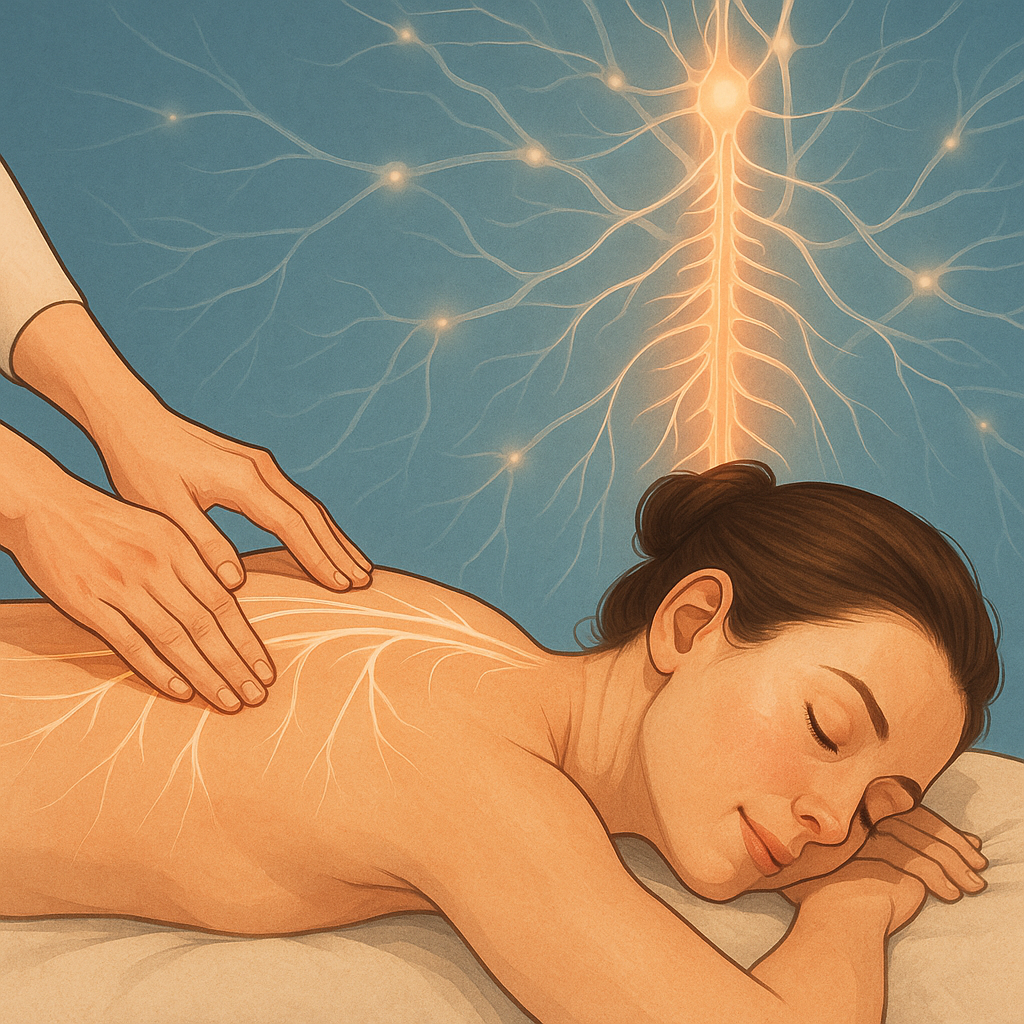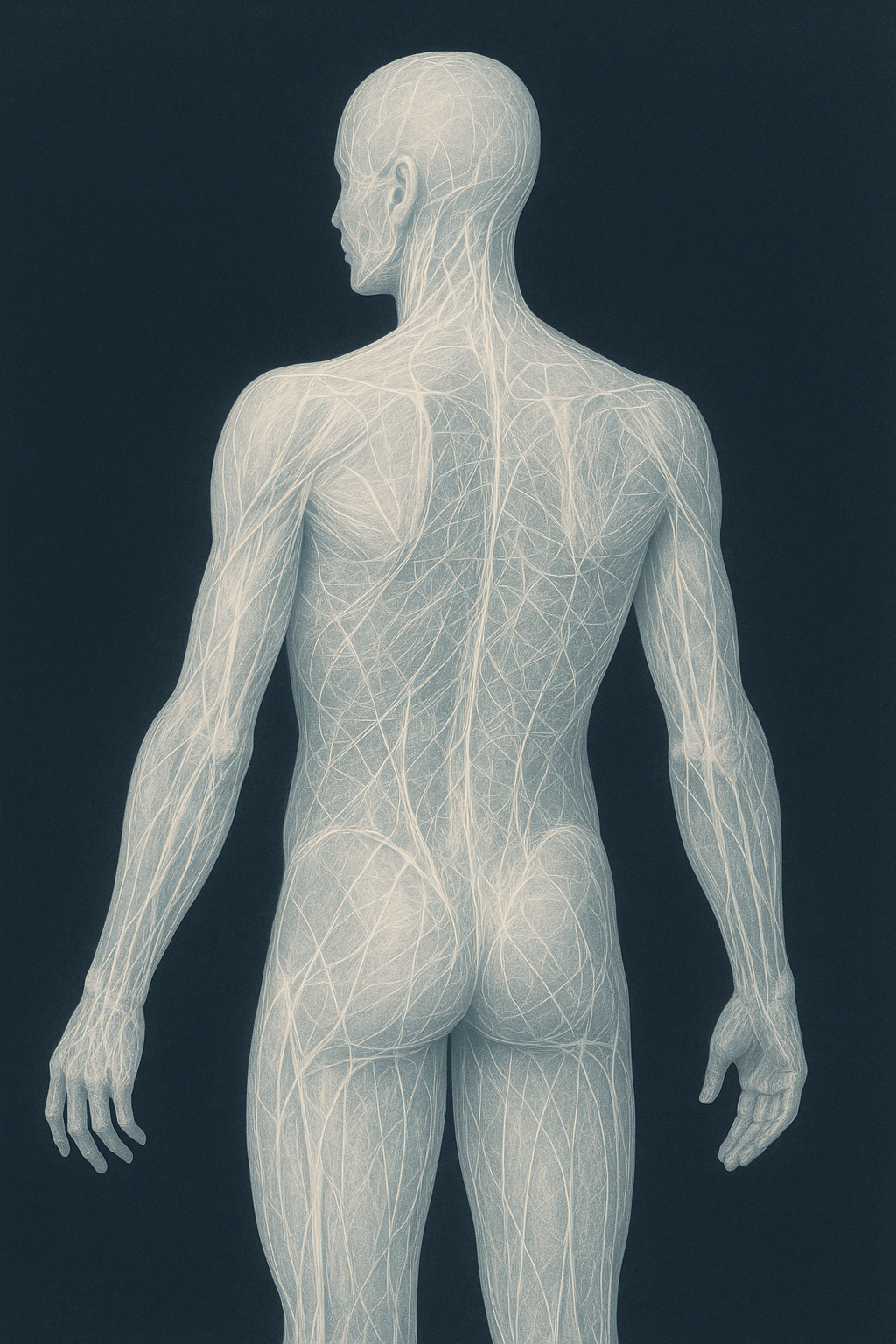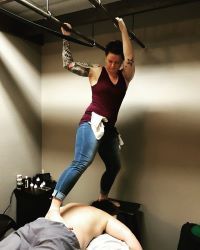Healing Is a Journey: Why One Session Is Just the Beginning
A guide to the stages of recovery, from first relief to lasting change.
When you come in for massage or bodywork, it’s natural to hope that one session will make everything feel better right away. And sometimes it does. But more often, real healing takes time.
Your body carries the story of your life — old injuries, everyday stress, trauma, even the bumps and bruises you’ve picked up along the way. These experiences leave imprints in muscle, fascia, and movement patterns. Just like you wouldn’t expect one workout to make you strong, it takes more than a single session to unravel what has been held for years.
Each session builds on the last, supporting your body’s natural ability to heal.
Healing Isn’t Linear
You may feel great after a session, only to notice soreness return a few days later. This doesn’t mean massage or bodywork “didn’t work.” Research in physical therapy and neuroscience shows that tissue recovery and nervous system recalibration happen in stages, not all at once. Each session is like peeling back layers: improving circulation, calming the nervous system, and helping your body establish healthier movement patterns. Regular care is what allows those changes to build on each other.
Temporary Responses After a Session
It’s common to feel different sensations after massage, bodywork, or Block Therapy — relief, but sometimes also temporary soreness, fatigue, or even a flare-up of old discomfort. This is often just an adjustment response — your body recalibrating as circulation improves and tissues begin to release.
When fascia restrictions or adhesions let go, they create more space for circulation and fluid exchange. As fresh blood and oxygen reach areas that have been limited, it’s normal to feel tired or heavy for a short time. This temporary fatigue is simply your body working to adapt and restore balance.
A little extra water, rest, and gentle movement usually help this phase pass smoothly. Everyone responds a little differently.
Why Pain Sometimes “Moves”
Another common experience: your low back eases, but then you notice tightness in your hips or shoulders. This doesn’t mean something is wrong — it often means your body is revealing the next layer that needs attention.
Our bodies work in interconnected chains. If one area has been compensating for another, bodywork can release those patterns and bring awareness to where deeper support is needed. This is also why I may sometimes work on areas you didn’t initially mention. Pain doesn’t always come from where you feel it — it often starts somewhere else. By addressing the source rather than just the symptom, we help your body unwind more fully and reduce the chance of the same pain returning.
What You Can Expect Over Time
- After your first session – Relief and relaxation, sometimes with mild soreness as your body processes the changes.
- In the early weeks – Growing awareness of posture, breathing, and movement. Pain may shift or lessen in stages. Emotional release is also possible, as tension stored in the body lets go.
- With consistent care – Improved mobility, better stress regulation, and fewer flare-ups of old patterns. Studies show regular massage and bodywork can reduce pain intensity and improve overall function.
- Over the long term – Structural and postural changes, deeper resilience to stress and injury, and an improved sense of balance between body and mind.
The Takeaway
Healing is not about chasing symptoms — it’s about restoring balance and supporting your body’s natural ability to recover. If you notice soreness, fatigue, or pain that seems to “move,” don’t worry. These responses are often signs that your body is recalibrating. Massage and bodywork are not just about feeling better in the moment; they help create a foundation for long-term wellness, resilience, and ease in your daily life.
📌
Ready to take the next step in your healing journey?
Book your next session, and let’s continue peeling back those layers together.
Cited Research
- Bialosky, J. E., Bishop, M. D., Price, D. D., Robinson, M. E., & George, S. Z. (2009). The mechanisms of manual therapy in the treatment of musculoskeletal pain: A comprehensive model. Journal of Orthopaedic & Sports Physical Therapy.
- Field, T. (2014). Massage therapy research review. International Journal of Neuroscience.
- Schleip, R. (2003). Fascial plasticity – a new neurobiological explanation: Part 1. Journal of Bodywork and Movement Therapies.
- Cherkin, D. C., Sherman, K. J., Kahn, J., Wellman, R., Cook, A. J., Johnson, E., … & Deyo, R. A. (2011). A comparison of the effects of two types of massage and usual care on chronic low back pain: A randomized, controlled trial. Annals of Internal Medicine.
